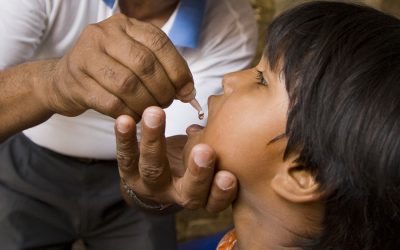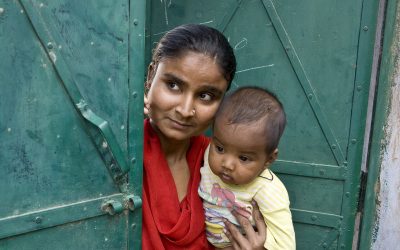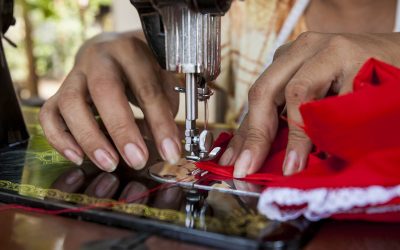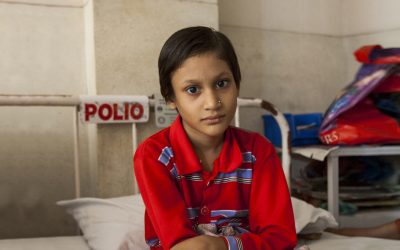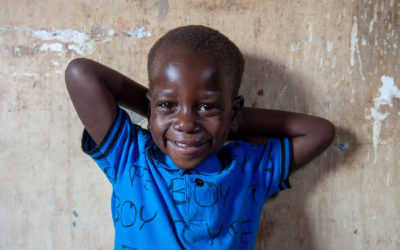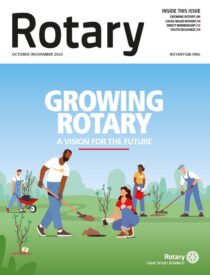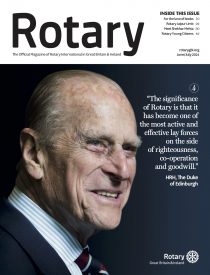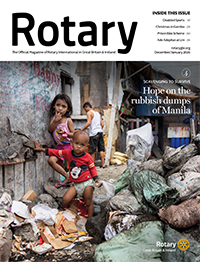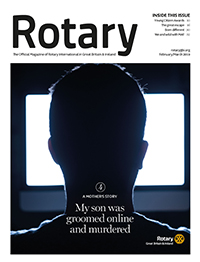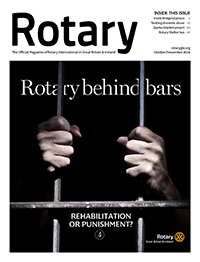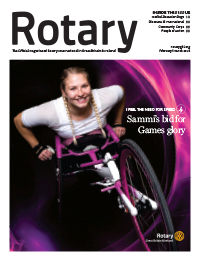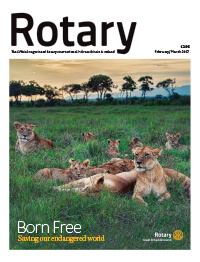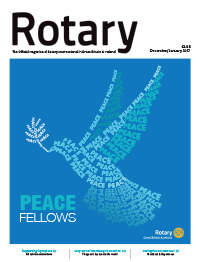Polio is a paralysing and potentially deadly disease, most commonly contracted by children under the age of five.
The virus spreads from person to person, usually through contaminated water, and can attack the nervous system. Sadly, once contracted, there is no cure, therefore the prevention of this disease is vital.
In 1916, a major polio outbreak occurred in New York which killed more than 2,000 people and paralysed thousands more. This outbreak highlighted how deadly polio is, and also how quickly the virus can spread.
What happened in New York forced the world to find a solution to stop this deadly disease which took until 1954 when American physician, Dr Jonas Salk, developed the first safe and effective vaccine against polio. It was approved a year later.
The fight against polio had begun!
Rotary International made the eradication of polio its top priority in 1979, and began a multi-year project to immunise six million children in the Philippines in 1979.
However, eradicating polio is a mammoth task. It was clear in order to really make a difference a huge amount of resources and funding would be required.
PolioPlus was launched in 1985 by Rotary International with a fund-raising target of $120 million. This was the first and largest internationally co-ordinated private-sector support of a public health initiative.
Three years later, Rotary International and the World Health Organization launched the Global Polio Eradication Initiative, with UNICEF, US Centers for Disease Control and Prevention, Bill & Melinda Gates Foundation and Gavi, the Vaccine Alliance, joining in the years which followed. Recently the Bill & Melinda Gates Foundation and Rotary have joined forces to be the driving forces to end polio.
.@BillGates just announced the extension of #Rotary and the @GatesFoundation’s partnership to #endpolio. Rotary is committed to raising $50 million per year over the next three years, and Gates Foundation will match 2-1. Donate today: https://t.co/tU4sUgbKcL pic.twitter.com/tbwqGEIWPR
— Rotary International (@Rotary) January 22, 2020
At this point there were an estimated 350,000 cases of polio, in 125 countries.
With more organisations joining the fight, a more aggressive approach could be taken by immunising more children on a scale larger than ever before.
Over the next few years, there was a huge push to vaccinate as many children across the world as possible.
The UK has supported the polio effort to the tune of £1.7 billion since 1995”.
In 1995, 165 million children in China and India were immunised in one week, and in 2000, a record 550 million children received the vaccine.
By 2003, only six countries had reported cases of polio – Afghanistan, Egypt, India, Niger, Nigeria and Pakistan. A synchronised National Immunisation Day was held in 23 African countries targeting 80 million children. By 2006, Egypt and Niger were declared polio-free, leaving just four countries affected.
Today, there are two countries with endemic polio – Afghanistan and Pakistan. Last summer, Nigeria passed the three-year barrier without a reported case, and is close to becoming declared polio-free.
Rotary has been at the forefront of this work, and although the end is in sight, a final push will require formidable work and fund-raising.
As part of a four-year Polio Endgame Strategy, from 2019 to 2023, $4.2 billion (£3.2 billion) will be needed, with $3.27 billion (£2.5 billion) raised from the Global Polio Eradication Initiative (GPEI).
Last autumn, the Government announced a package of up to £400 million going towards GPEI, helping to vaccinate more than 400 million children a year against polio.
The UK has supported the polio effort to the tune of £1.7 billion since 1995.
Alok Sharma, International Development Secretary, explained: “If we were to pull back on immunisations, we could see 200,000 new cases each year in a decade.
“This would not only be a tragedy for the children affected and their families, but also for the world. We cannot let this happen.”

